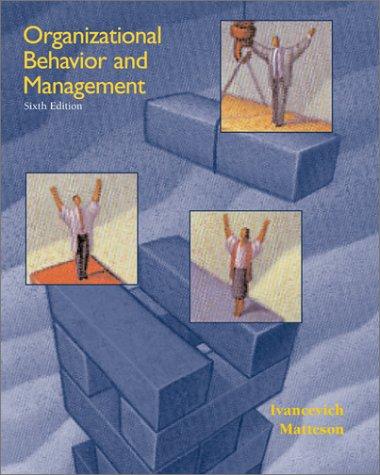
1. 1) What are Chase's motives for considering this merger? (Why this merger? Why now?) What are Chemical's motives? What are the arguments against this merger? 2. 2) Assume that banks will eventually have to set their charges equal to their main competitors' (Exhibit 5). What is the implied impact on the banking industry's earnings, in dollar and percentage terms? What are the problems with this rough measure of the threat by new rivals? Valuation 3. 3) Using stock price data, value Chemical and Chase as stand-alones. Value the synergies i.e., the value created by the merger, using the market model (see "Estimating Merger Gains" below). 4. 4) Use DCF analysis to value the synergies. You can use the 15% discount rate recommended by the banks' nancial advisors. (Make sure to explain what you do and why you do it). If the value is different from the stock price-based estimate, what might explain the difference? 5. 5) What do you think about the stated level of cost reductions, revenue growth and restructuring charges? You may want to consider the effect of these statements on different audiences. Execution 6. 6) What exchange ratio would divide (your estimate of) synergies 50/50 between both sets of shareholders? What would be the premium per share, in dollar and percentage terms, for Chase and for Chemical shareholders? Repeat this exercise for different sharing rules (30(70, 40/60, 60/40, 70/30), and synergy values ($1b, $4b, $7b, $10b) and present all the results in one table. 7. 7) To negotiate the lowest exchange ratio possible, should you be aggressive in your estimate of Chemical's stand-alone value? Chase's stand-alone value? Synergies? 8. 8) What factors, nancial or not, are likely to affect the exchange ratio agreed upon, in which direction? What exchange ratio would you suggest? Again, consider the different audiences. Your DCF valuation should focus on synergies, i.e., you are not asked to value the banks as a whole. If however you are interested, you can also estimate stand-alone values with DCF. You may nd the "Valuing a Bank" chapter and the other short note in your course pack useful. (Hints: (i) Banks are extremely highly leveraged companies. (ii) ORE = Other Recurring Expense). But do not spend too much time on this








